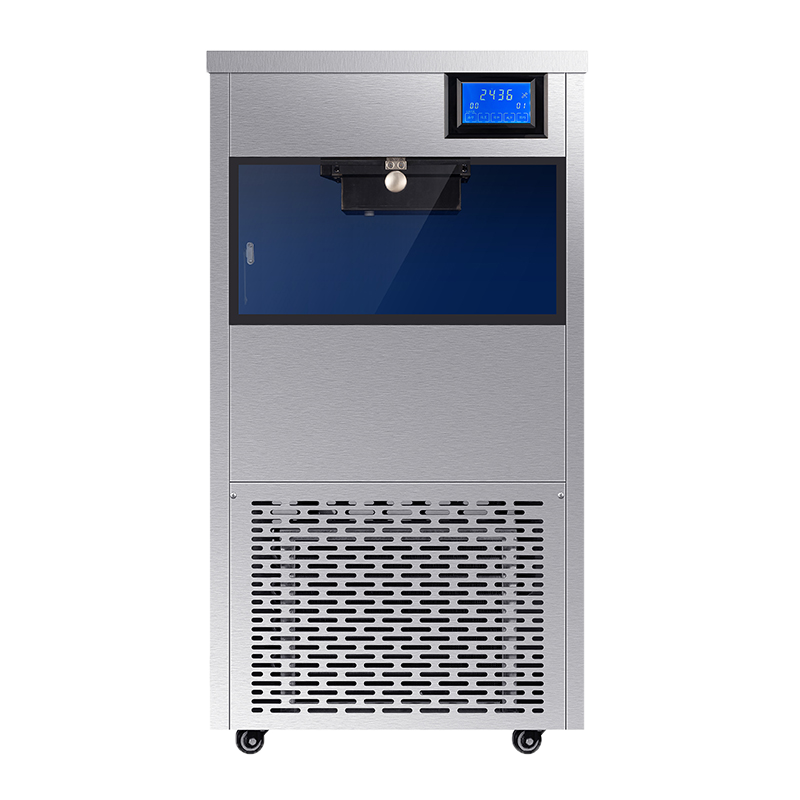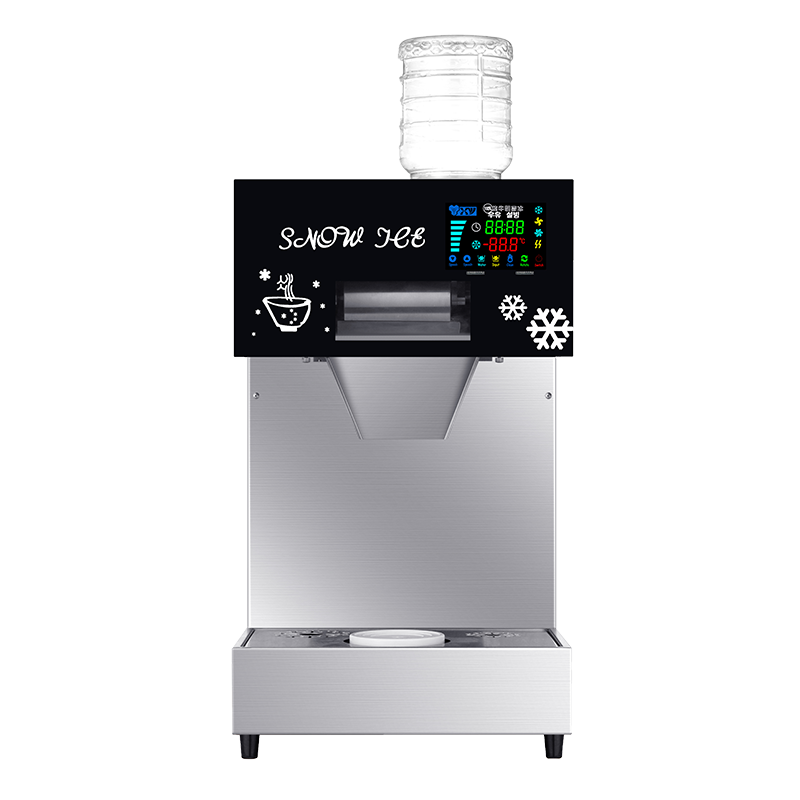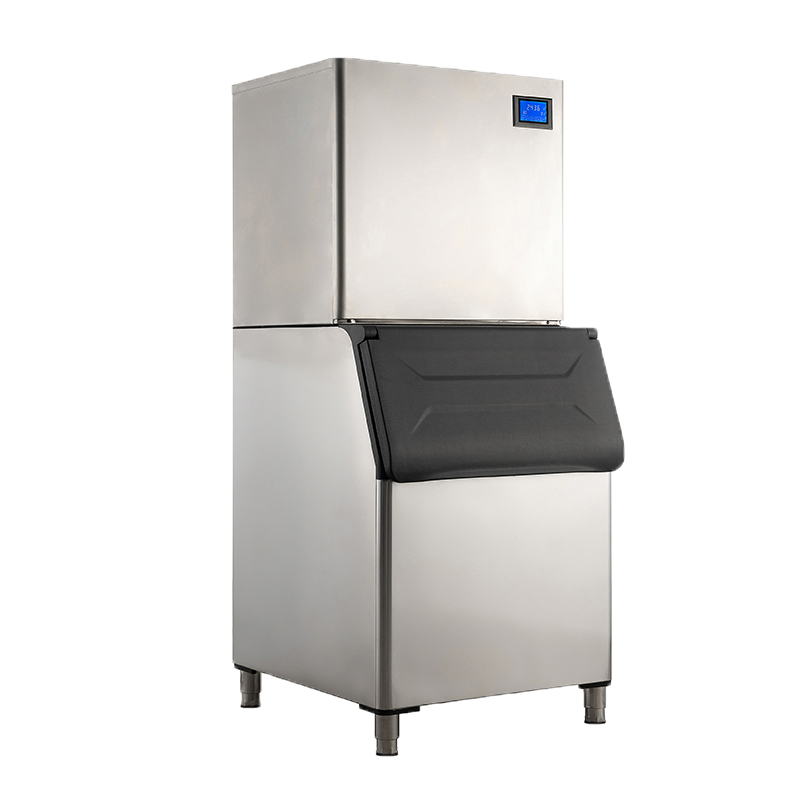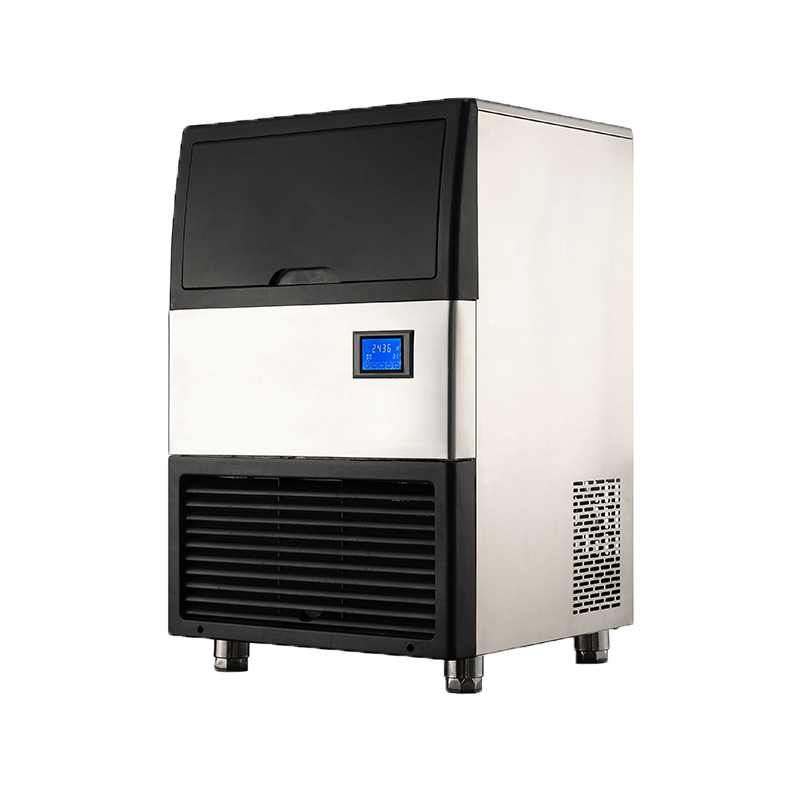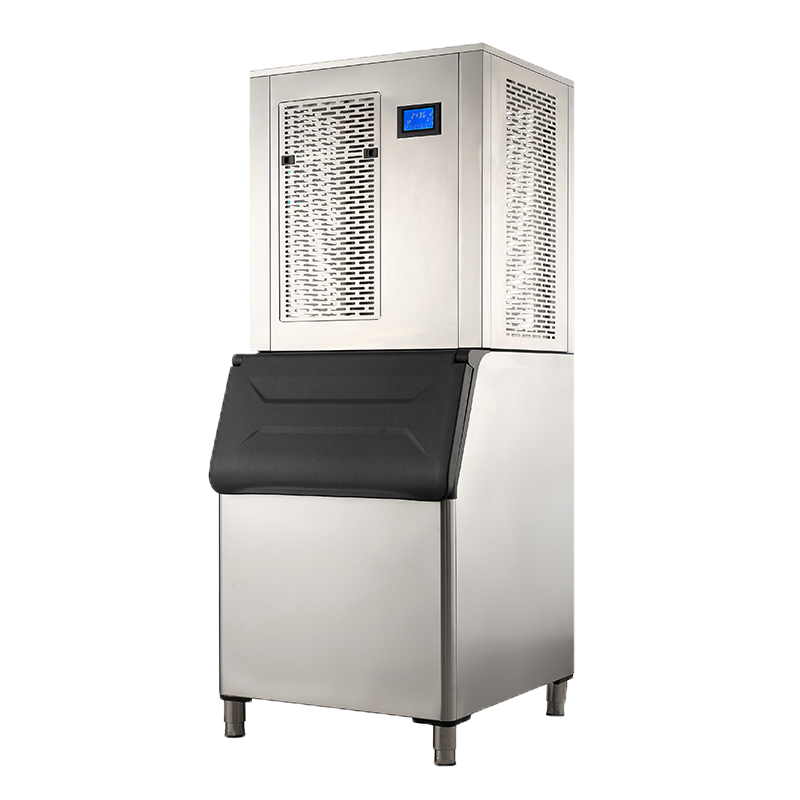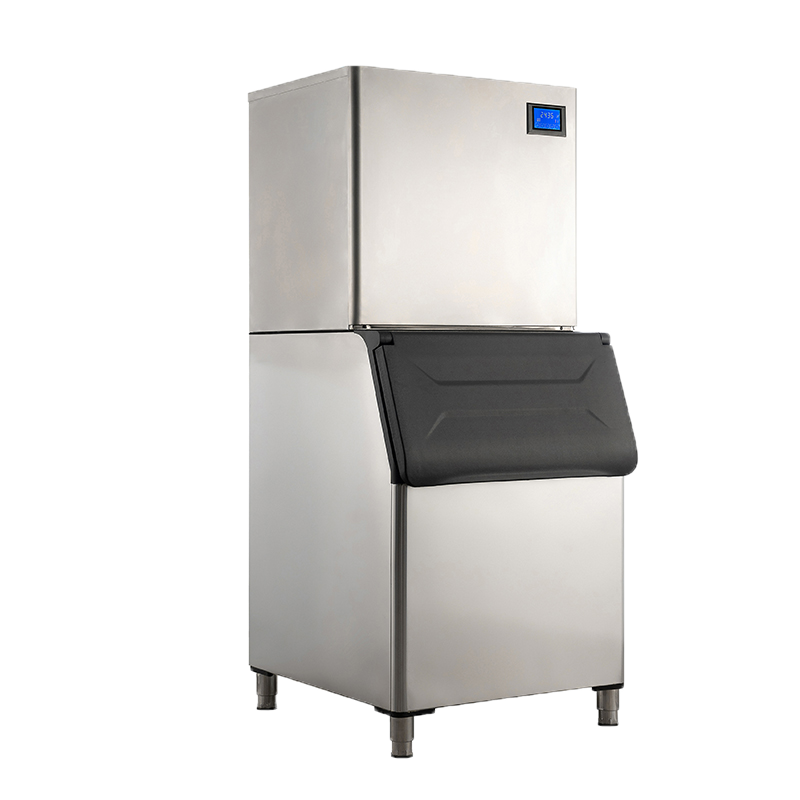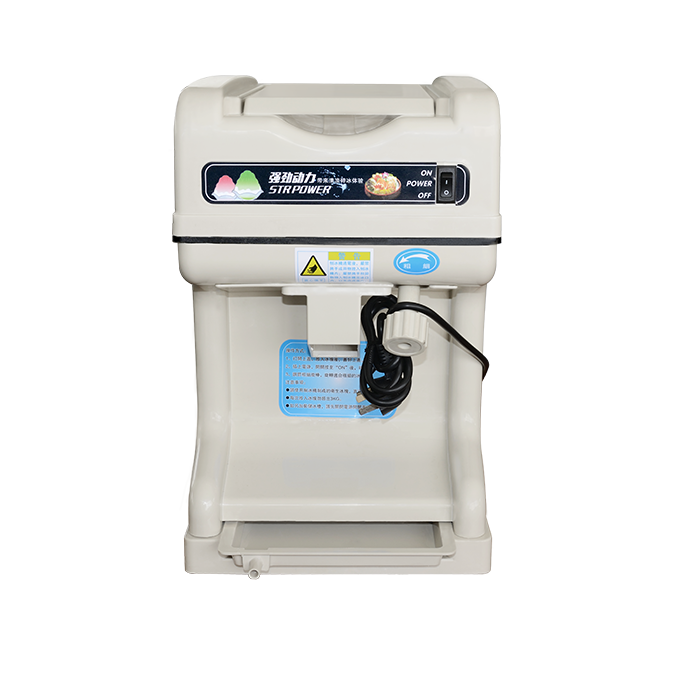Ice makers and ice machines are essential appliances in various settings, from restaurants and bars to healthcare facilities and offices. Understanding the differences between ice production capacity and ice storage capacity is crucial for selecting the right equipment to meet your ice supply needs. In this article, we will explore the distinct roles of ice production capacity and ice storage capacity in ice machines to help you make informed decisions when choosing the ideal equipment for your requirements.

Ice Production Capacity: Meeting the Demand for Ice
Ice production capacity refers to the amount of ice that an ice maker or ice machine can produce within a specific time frame, typically measured in pounds of ice per 24 hours. This capacity indicates the machine's ability to generate ice continuously to meet the demand for ice in a given setting. Factors that influence ice production capacity include the size of the ice maker, the type of ice produced (such as cubed, crushed, or nugget ice), and the machine's efficiency.
Key Points:
- Continuous Ice Generation: Ice production capacity determines how much ice an ice maker can produce over a 24-hour period, ensuring a steady supply of ice to meet varying demands.
- Size and Type of Ice: Different ice makers have varying production capacities based on the size and type of ice they are designed to produce, catering to specific preferences and requirements.
- Efficiency and Performance: Higher ice production capacities are often associated with more efficient ice machines that can quickly generate large quantities of ice without compromising quality.
Ice Storage Capacity: Preserving Ice for Future Use
Ice storage capacity refers to the volume of ice that an ice machine can store once it has been produced. This capacity is crucial for maintaining a ready supply of ice during peak usage periods or when the demand for ice exceeds the machine's production capacity. Ice storage capacity is measured in pounds or kilograms of ice and varies depending on the design and size of the ice machine.
Key Points:
- Temporary Ice Storage: Ice storage capacity allows ice machines to store excess ice for later use, ensuring a constant supply of ice even when production is temporarily halted.
- Peak Demand Management: Adequate storage capacity enables ice machines to meet peak demand periods without the need for continuous ice production, improving operational efficiency.
- Preservation of Ice Quality: Properly stored ice maintains its quality and integrity, ready to be dispensed for various applications without compromising taste or appearance.

Differentiating Ice Production and Storage Capacities
Functionality:
- Ice production capacity focuses on the machine's ability to generate ice continuously, meeting immediate demand.
- Ice storage capacity emphasizes the machine's capability to store excess ice for future use, ensuring a consistent ice supply.
Operational Efficiency:
- Higher ice production capacity is essential for establishments with high ice consumption rates or frequent use.
- Adequate ice storage capacity is beneficial for managing fluctuations in ice demand and optimizing operational workflows.
Complementary Roles:
- Ice production and storage capacities work in tandem to ensure a seamless ice supply chain, from production to storage and dispensing.
- Balancing production and storage capacities is key to maintaining a reliable and efficient ice supply system in various settings.
Conclusion: Optimizing Ice Supply with Production and Storage Capacities
Ice production capacity and ice storage capacity play distinct yet complementary roles in the functionality of ice makers and ice machines. Understanding the differences between these capacities is essential for selecting equipment that can meet the demands of your specific setting effectively.
By considering factors such as production rates, storage needs, and operational efficiency, you can optimize your ice supply chain and ensure a consistent and reliable source of ice for your business or establishment. Whether you prioritize continuous ice production or ample storage capacity, finding the right balance between ice production and storage capabilities is key to maintaining a seamless and efficient ice supply system.


